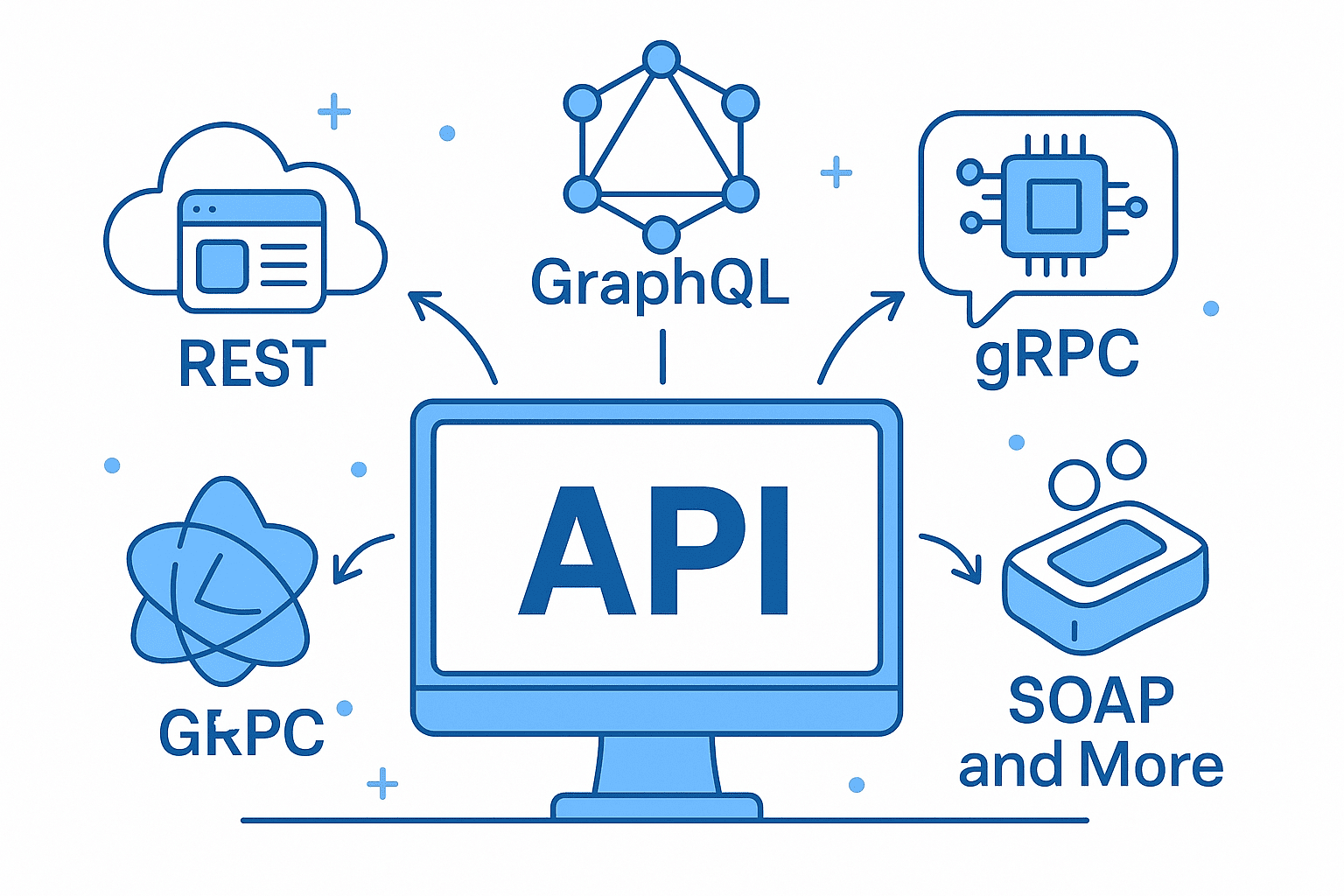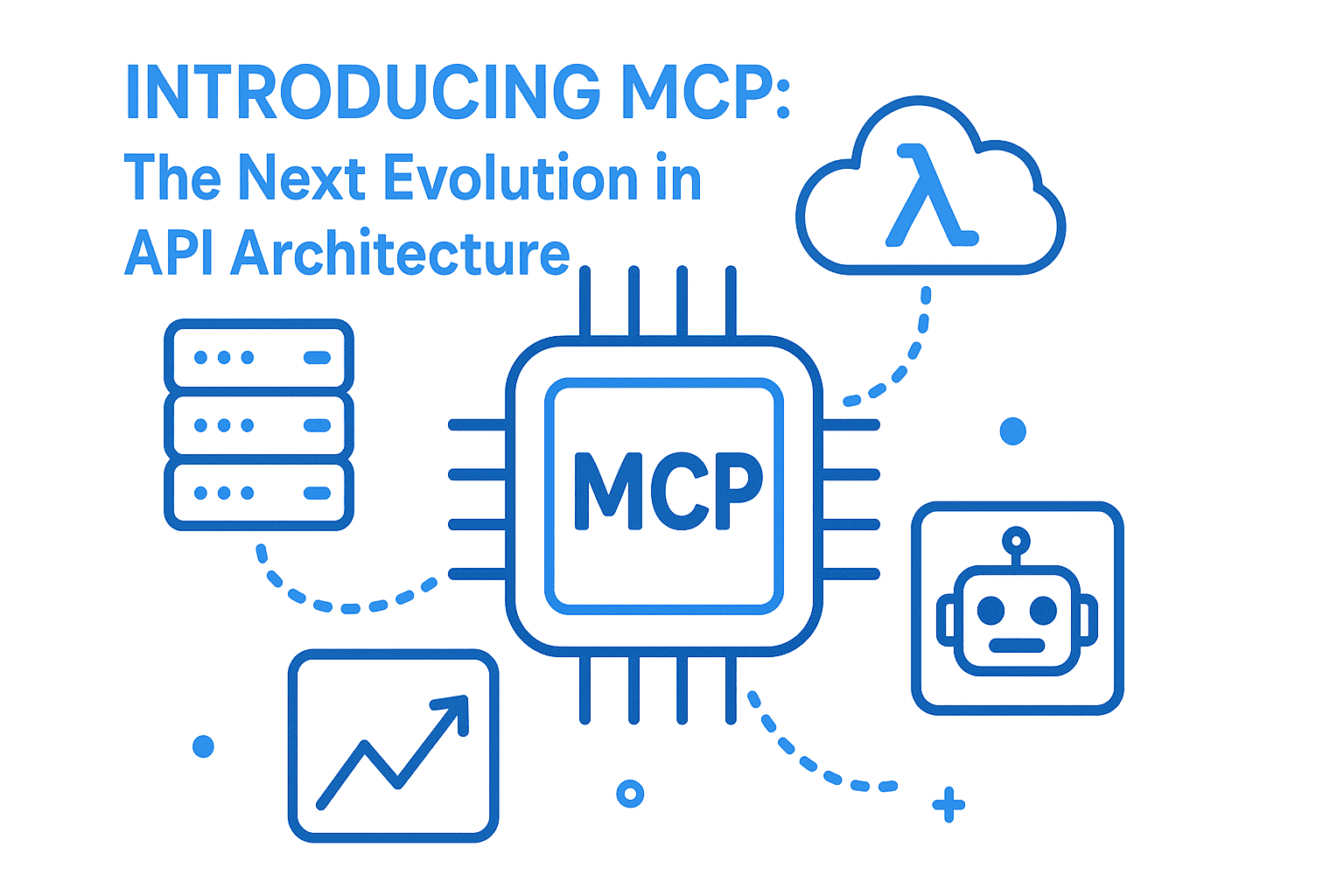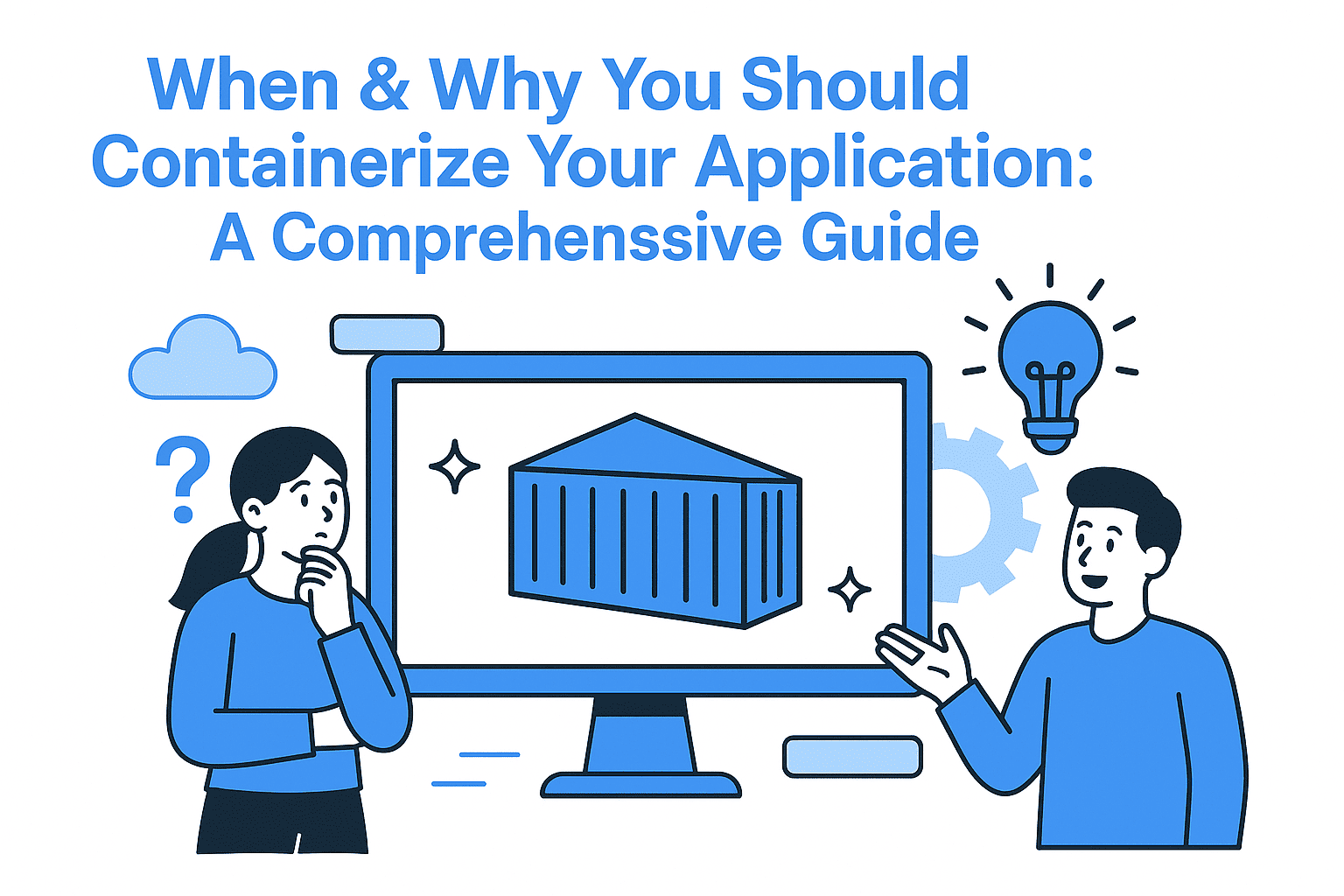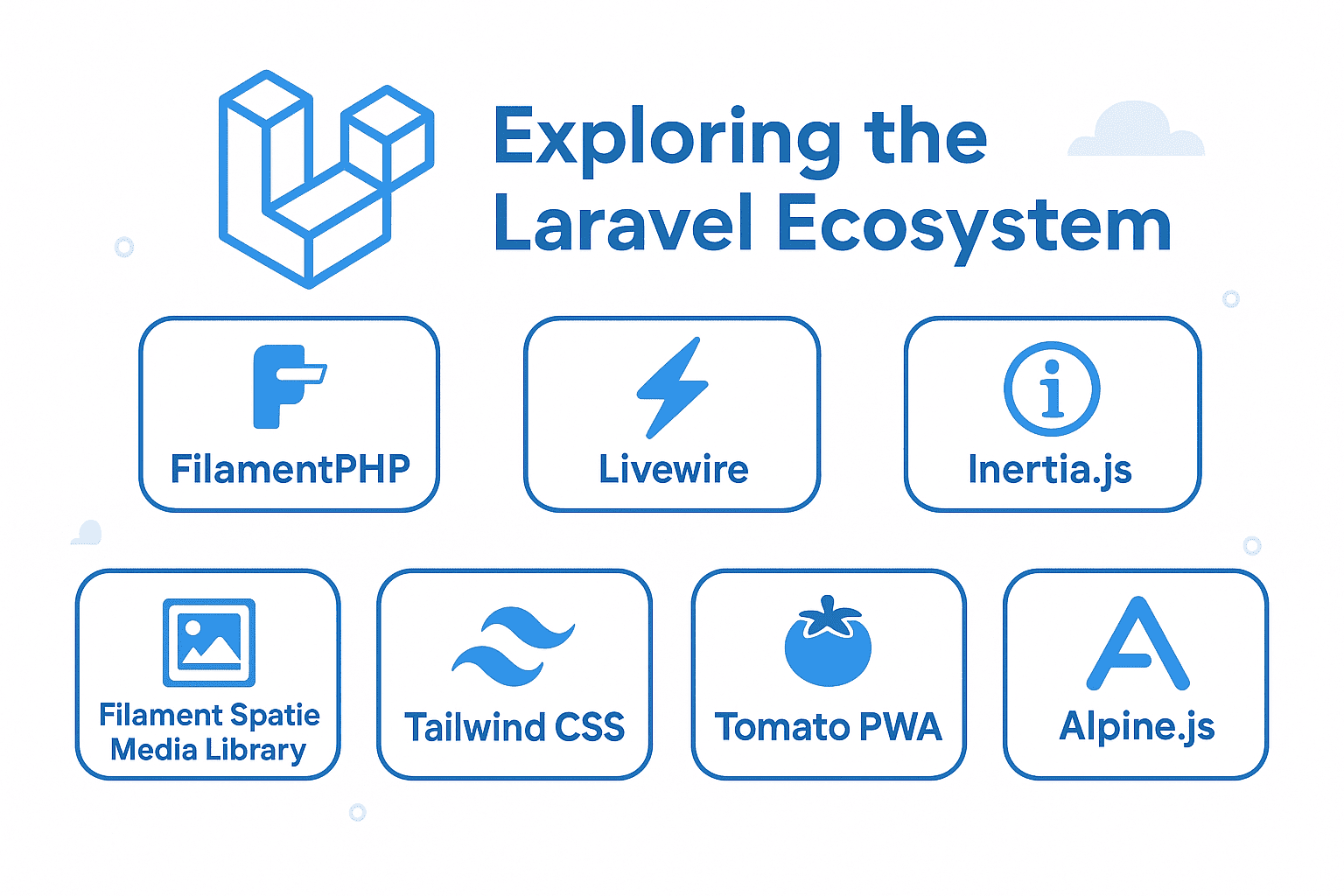In today’s interconnected digital landscape, Application Programming Interfaces (APIs) are the backbone of modern software development. They enable different systems to communicate seamlessly, allowing developers to build scalable applications without reinventing the wheel. But with so many API types available, REST, GraphQL, and even newer protocols like gRPC, choosing the right one can be overwhelming. Let’s break down the most common API types, their use cases, and how they compare.
1. REST: The Classic Approach
REST (Representational State Transfer) is the industry standard for building APIs. It’s based on a set of principles that leverage HTTP methods (GET, POST, PUT, DELETE) to interact with resources. Think of a REST API as a way to access and manipulate data through URLs (e.g., https://api.example.com/users).
Key Characteristics:
- Stateless: Each request contains all the information needed to process it.
- Resource-Based: Data is accessed via URLs that represent specific resources (e.g.,
/users,/products). - Scalable: REST APIs are widely used for web and mobile applications.
Use Cases:
- Simple CRUD operations (Create, Read, Update, Delete).
- Public-facing APIs for web services.
Pros:
- Easy to implement and understand.
- Broad support across frameworks and languages.
Cons:
- May lead to over-fetching data (clients receive more than needed).
- Less flexible for complex queries.
2. GraphQL: The Flexible Query Language
GraphQL, developed by Facebook, is a query language for APIs that allows clients to request exactly what they need. Unlike REST, which relies on predefined endpoints, GraphQL uses a single endpoint where clients can ask for specific data structures.
Key Characteristics:
- Client-Driven: Clients specify the exact data they want, reducing over-fetching.
- Hierarchical Queries: Data is structured in a way that mirrors the client’s needs (e.g., nested objects).
- Strong Typing: GraphQL schemas enforce strict data types, making errors easier to catch.
Use Cases:
- Applications requiring dynamic data fetching (e.g., social media platforms).
- Frontends that need to combine data from multiple sources.
Pros:
- Reduces the number of requests and data transfer.
- Excellent for complex, nested queries.
Cons:
- Can be slower than REST if not optimized.
- Requires careful schema design to avoid performance bottlenecks.
3. gRPC: Speed and Efficiency for Microservices
gRPC (Google Remote Procedure Call) is a high-performance framework built on HTTP/2 and Protocol Buffers (.proto files). It’s ideal for microservices architectures where speed and efficiency are critical.
Key Characteristics:
- Bidirectional Streaming: Supports real-time data flow (e.g., chat applications).
- Strong Typing with Protobuf: Schemas are defined upfront, ensuring consistency.
- Efficient Binary Format: Data is serialized into compact binary format, reducing bandwidth usage.
Use Cases:
- Microservices communication within large-scale systems.
- APIs requiring low-latency, high-throughput interactions.
Pros:
- Faster than REST and GraphQL for certain use cases.
- Built-in support for streaming and multiple request types.
Cons:
- Steeper learning curve compared to REST/GraphQL.
- Less human-readable (binary format).
4. SOAP: The Enterprise Legacy
SOAP (Simple Object Access Protocol) is a mature, XML-based protocol for enterprise-level APIs. It’s known for its strict structure and WSDL (Web Services Description Language) contracts.
Key Characteristics:
- XML-Based: Data is exchanged in a structured, human-readable format.
- WSDL Contracts: Enforces strict definitions for service endpoints and operations.
- Security-Focused: Built-in support for authentication (e.g., WS-Security).
Use Cases:
- Legacy systems requiring interoperability.
- Financial or healthcare applications with strict compliance needs.
Pros:
- Mature and well-documented standards.
- Excellent for enterprise integration.
Cons:
- Verbose XML can be slow and inefficient.
- Less developer-friendly compared to REST/GraphQL.
What About MCP?
In your query, you mentioned "MCP" (which could stand for Microsoft Cloud Platform, but isn’t typically a specific API type). If you meant another term, here’s a quick breakdown of possible alternatives:
- gRPC: Often confused with MCP due to its performance advantages.
- SOAP: A traditional protocol that’s sometimes grouped with enterprise APIs.
- GraphQL vs. REST: Sometimes debated in terms of "better" practices, but both have their place.
If you’re referring to a specific framework or protocol, feel free to clarify! For now, we’ll focus on the most relevant options.
Choosing the Right API for Your Project
- REST is perfect for simple, stateless APIs.
- GraphQL shines when clients need precise control over data queries.
- gRPC is ideal for high-performance, low-latency microservices.
- SOAP remains a reliable choice for enterprise-level systems.
As the API landscape evolves, understanding these options will help you build more efficient and scalable applications. Whether you’re designing a public-facing API or working within an enterprise system, the right choice depends on your project’s needs, team expertise, and long-term goals.
Final Thoughts: APIs are more than just endpoints, they’re the bridges that connect systems, users, and data. By understanding REST, GraphQL, gRPC, and others, you’ll be better equipped to select the tool that fits your project’s unique requirements. Stay curious, and don’t hesitate to experiment with different approaches!



